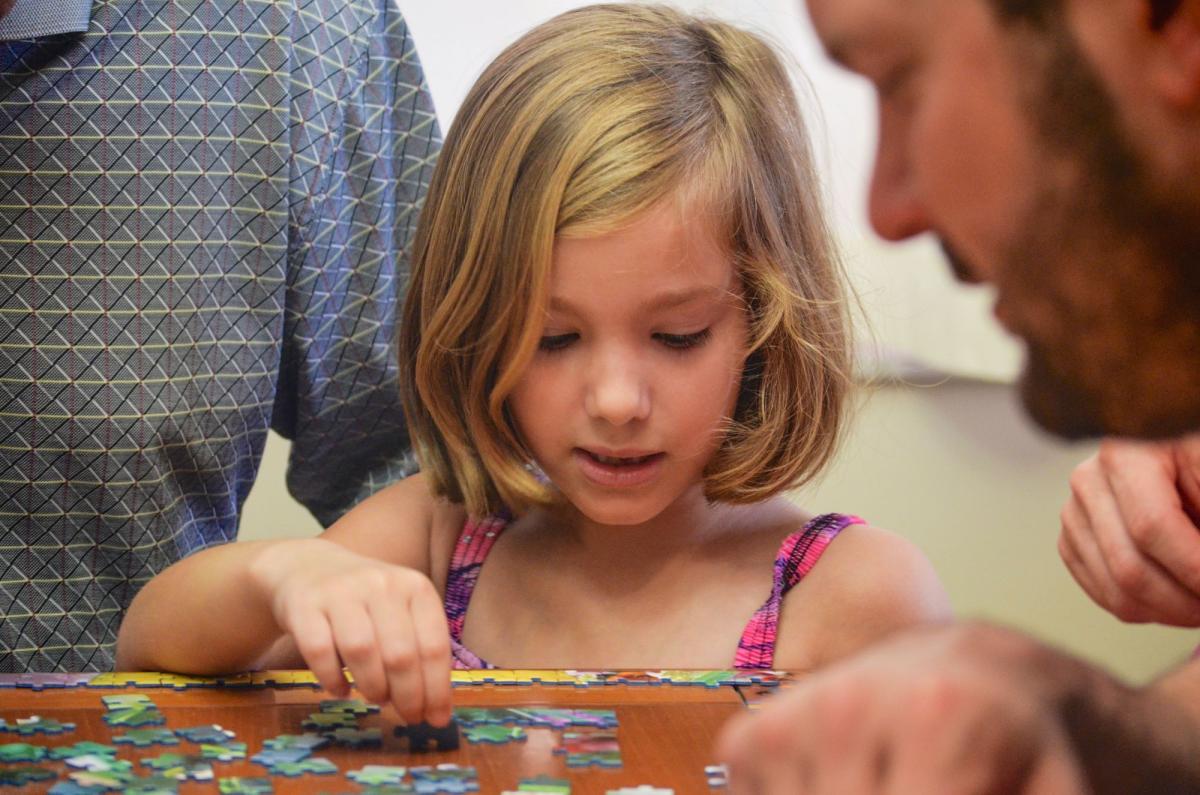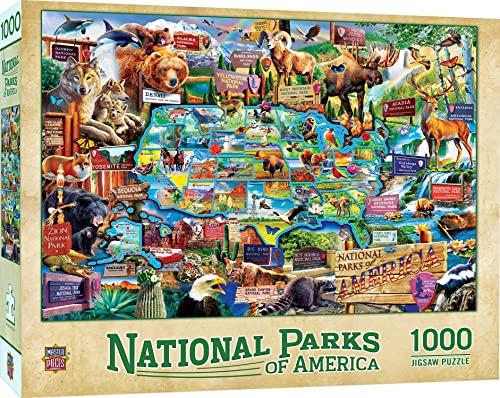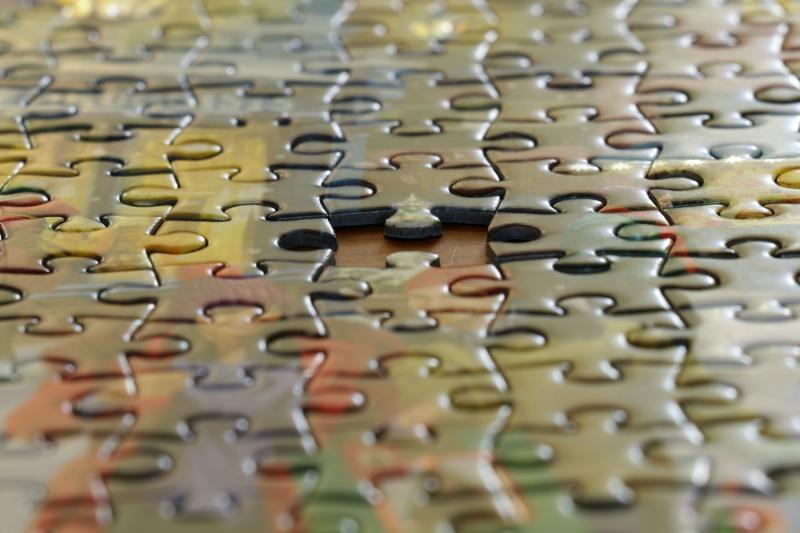The Origins and Evolution of Jigsaw Puzzles: Tracing their roots through the centuries
 Jigsaw puzzles have captivated minds and brought joy to people of all ages for centuries. From their humble beginnings as educational tools to complex and intricate works of art, these puzzles have evolved to become a beloved pastime and a source of entertainment.
Jigsaw puzzles have captivated minds and brought joy to people of all ages for centuries. From their humble beginnings as educational tools to complex and intricate works of art, these puzzles have evolved to become a beloved pastime and a source of entertainment.
Invented in 1760 by a London cartographer named John Spilsbury, these early puzzles were originally used as educational tools to teach children about geography. Spilsbury glued maps onto thin pieces of wood and cut them into irregularly shaped pieces along the borders of countries, creating the first interlocking puzzle pieces. These puzzles quickly gained popularity among the British elite, who saw them as a way to entertain and educate their children.
During the 19th century, advancements in technology and manufacturing processes allowed for the mass production of jigsaw puzzles. Die-cutting machines were introduced, making it easier and quicker to produce puzzles with precision-cut pieces. Themes and subjects expanded beyond geography, with notable examples including historical events, fairy tales, and scenes from famous works of art.
By the early 20th century, jigsaw puzzles had become a widespread form of entertainment, enjoyed by people from all walks of life. Companies like Parker Brothers and Milton Bradley emerged as leading manufacturers, producing puzzles of varying difficulties and sizes. These puzzles became a popular pastime during the Great Depression, offering affordable entertainment during difficult times.
With advancements in printing technology and artistic styles, jigsaw puzzles entered a new era in the mid-20th century. Images started to feature vibrant colors, intricate details, and breathtaking landscapes, turning puzzles into works of art. Notable artists, such as Salvador Dalí and M.C. Escher, even collaborated with puzzle manufacturers to create unique and challenging puzzles.
In recent years, the popularity of jigsaw puzzles has surged once again. With the advent of digital puzzles, which can be solved on computer screens and mobile devices, people can enjoy puzzles anytime, anywhere. Creative innovations, such as three-dimensional puzzles and puzzle art installations, have further pushed the boundaries of this beloved pastime.
The origins and evolution of jigsaw puzzles illustrate the timeless appeal of these engaging and educational activities. From their humble beginnings as a tool to teach children about geography, jigsaw puzzles have evolved into a diverse form of entertainment that continues to capture the imagination of people around the world.



